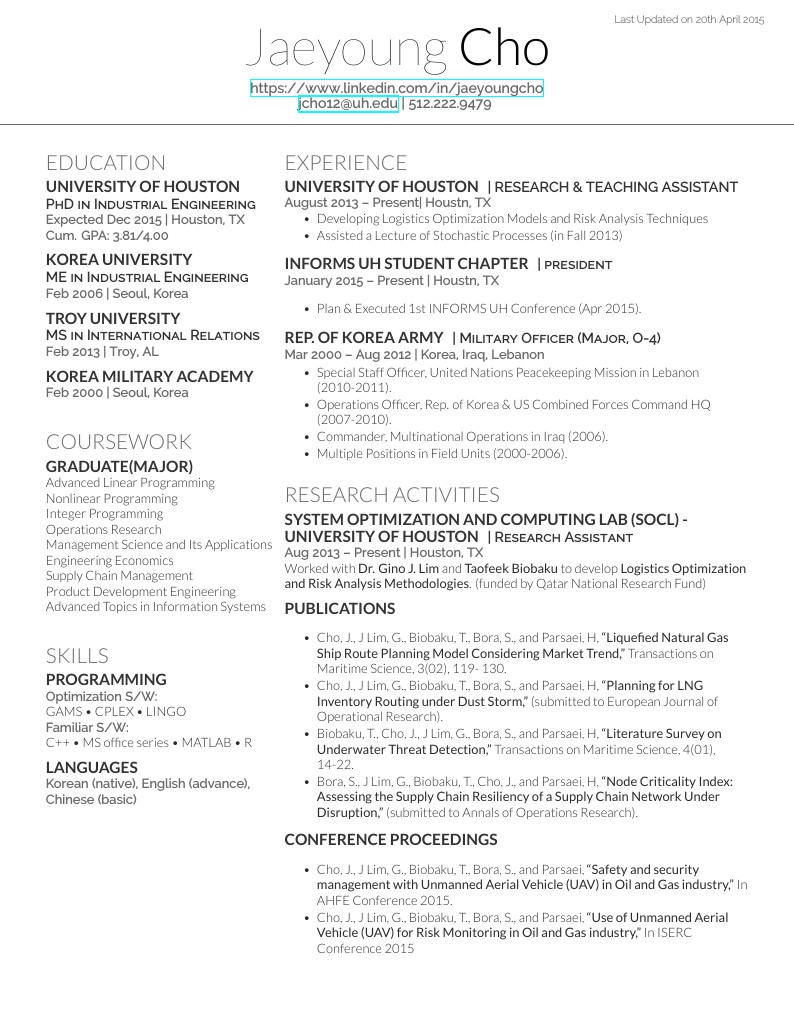Overleaf 模板库LaTeX 模板和示例 — Recent
探索 LaTeX 模板和示例,以帮助完成从撰写期刊文章到使用特定 LaTeX 包的所有工作。

Plantilla publicada en la página de la revista de la Facultad de Ciencias Exactas, Físicas y Naturales

A template for creating a conference poster.
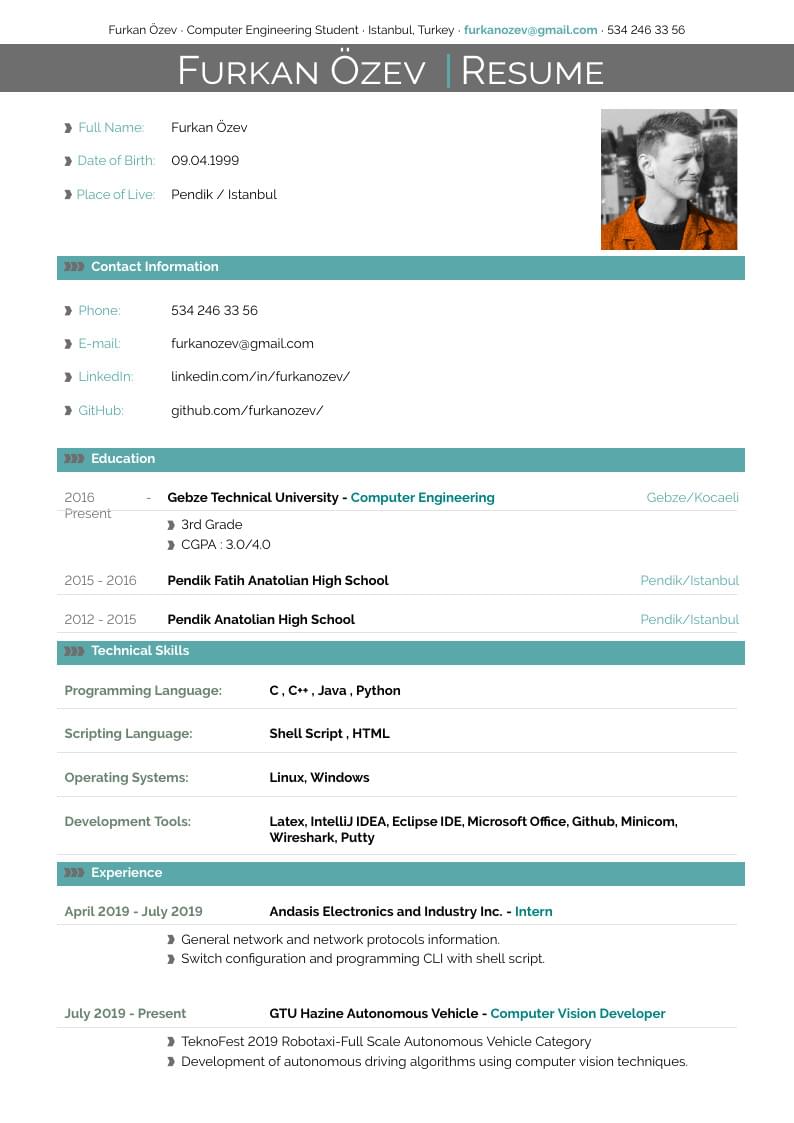
Furkan Ozev's CV. Created with Jan Küster's CV template<./p>
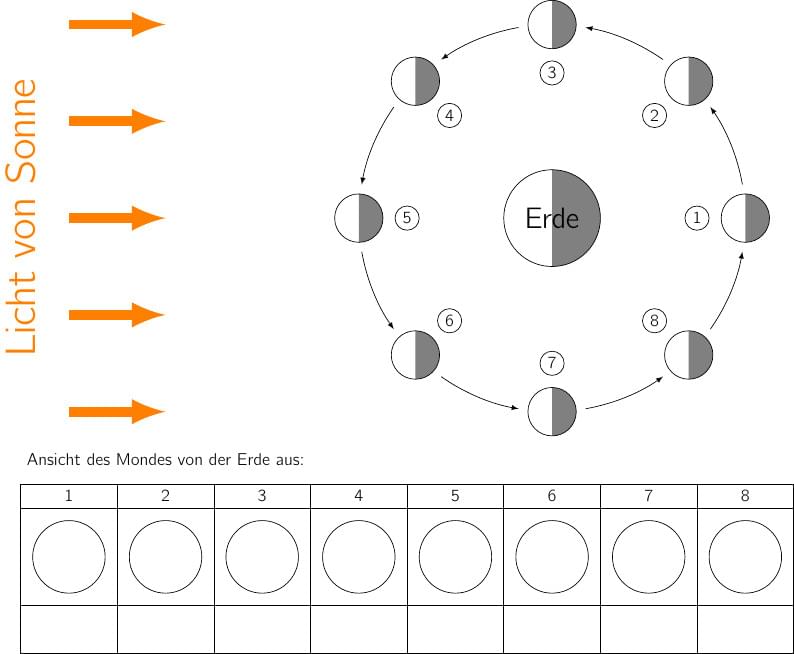
moon phases, light, physics, optics, sun, earth, half moon
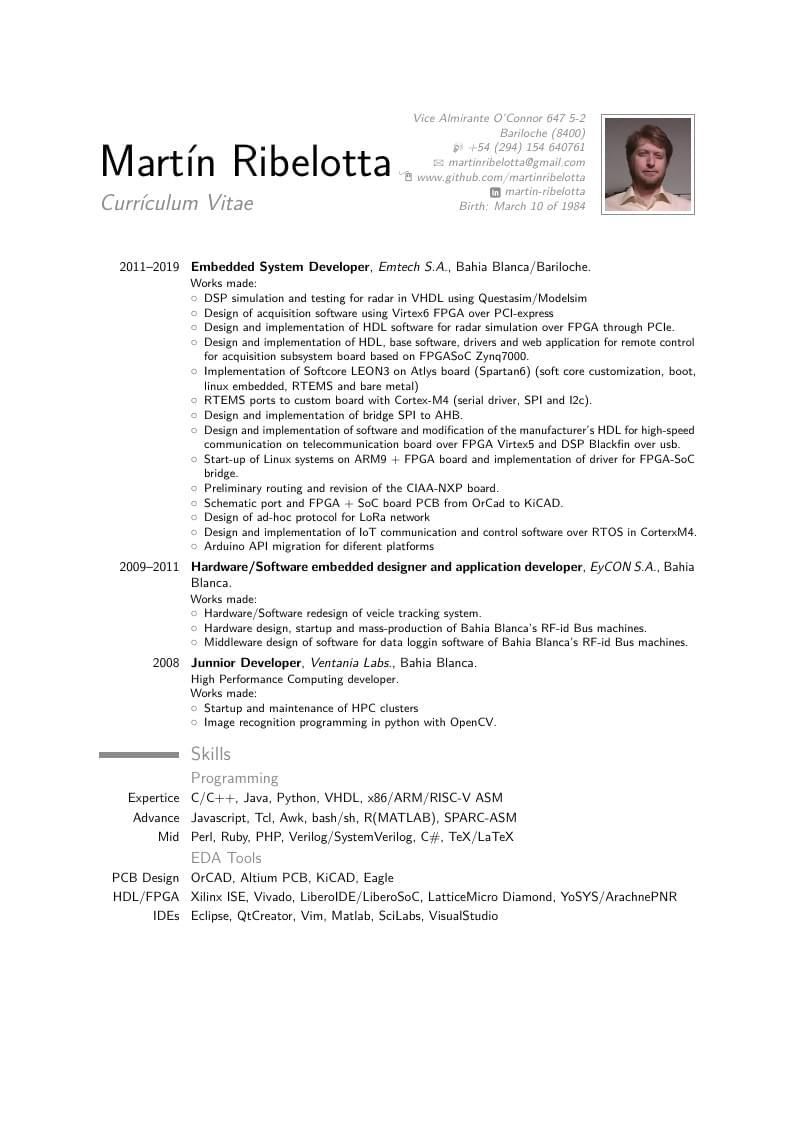
My curriculum vitae in english, created with the ModernCV template
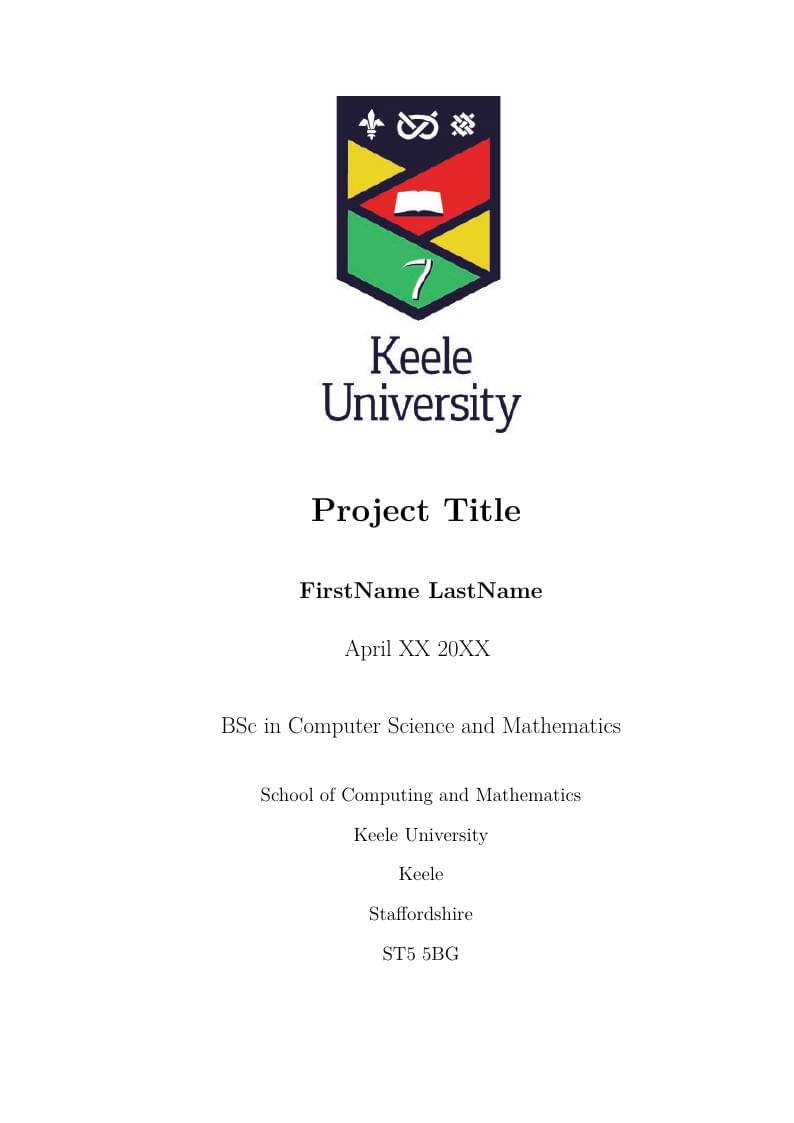
A simple template to help Keele University Computer Science students write their 3rd Year project in LaTeX.
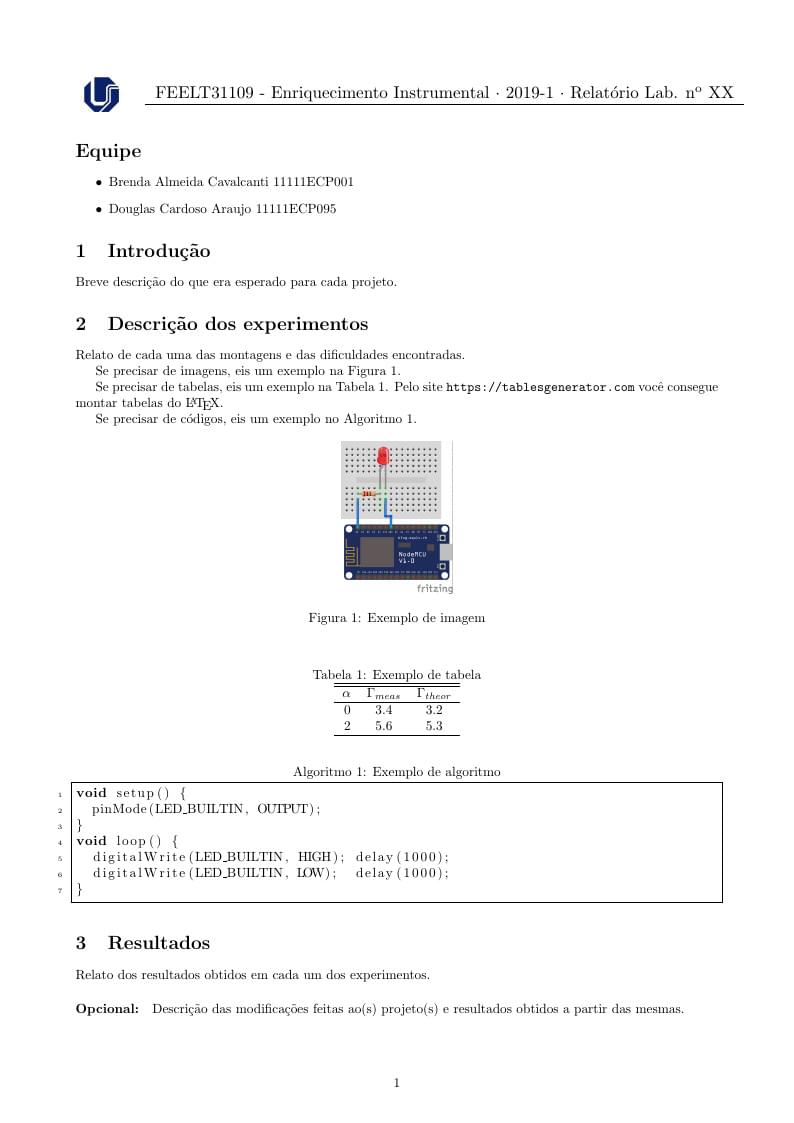
Template para relatórios da disciplina FEELT31109 (Enriquecimento Instrumental) da FEELT/UFU, Brasil.
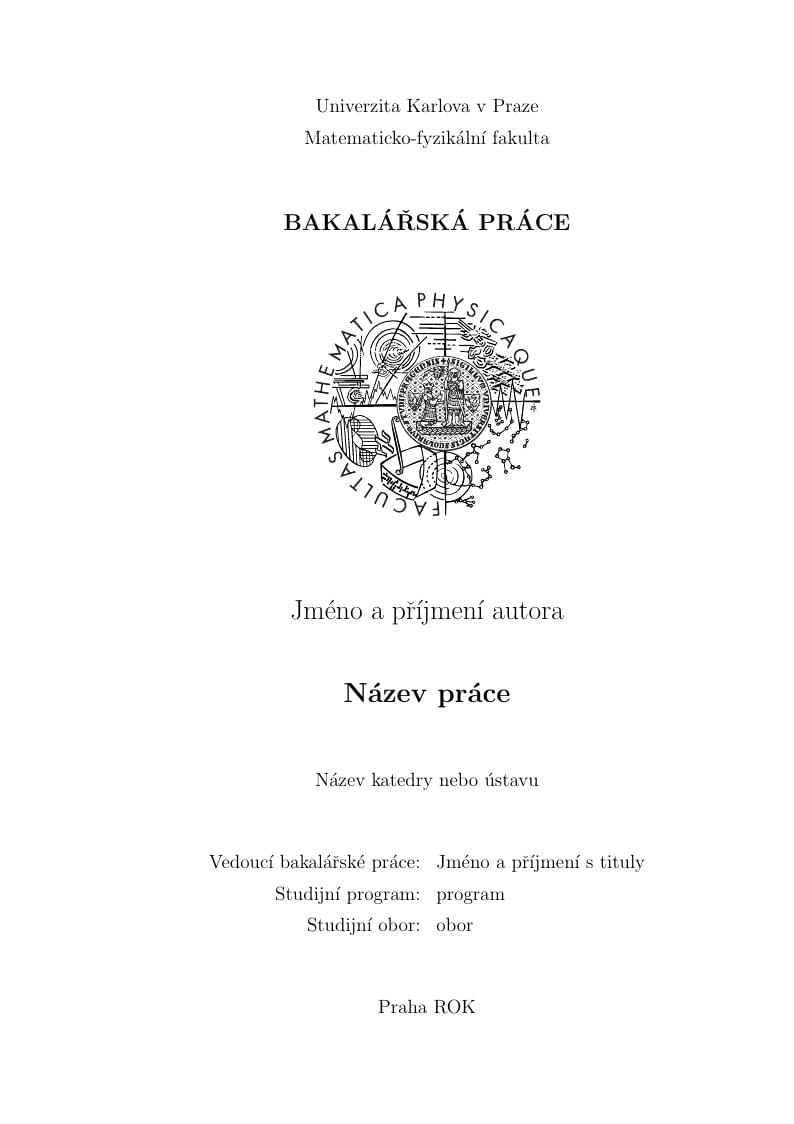
Czech language version of LaTeX template dedicated to Bachelor theses in Computer Science and Physics published at Faculty of Mathematics and Physics, Charles University in Prague. This template was originally published on ShareLaTeX and subsequently moved to Overleaf in November 2019.
